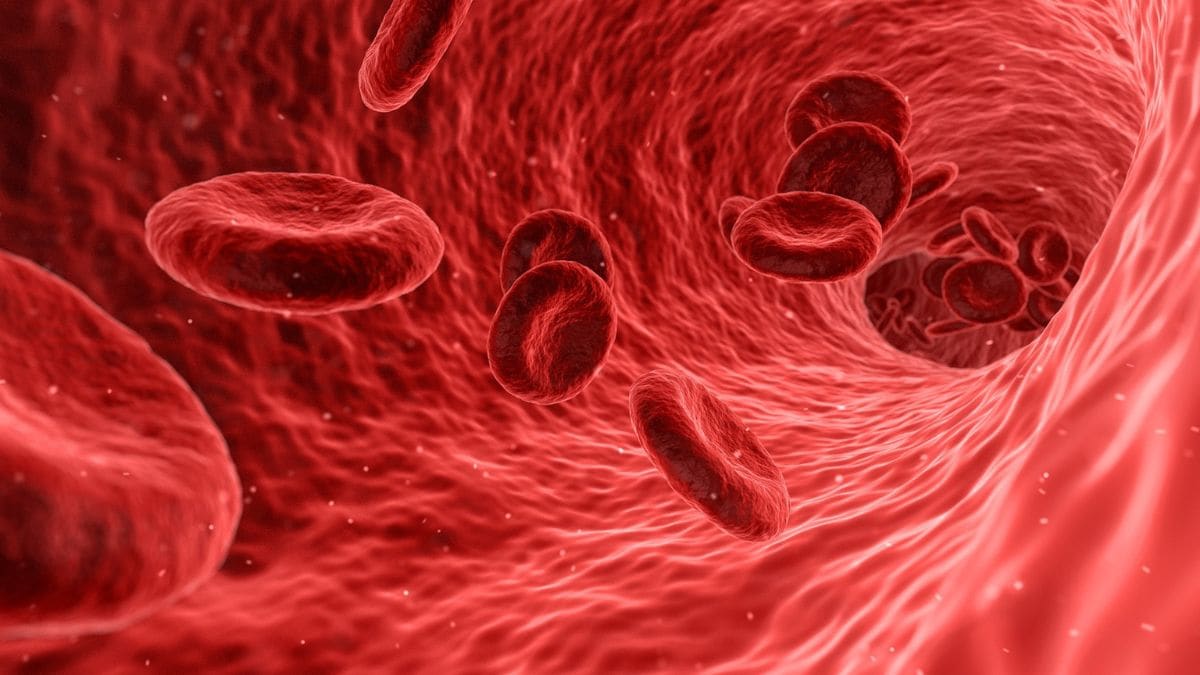Obesity rates across the world, in males and females as well as children, have risen significantly. A study shows that one billion people are already obese, a milestone which was to be reached in 2030. Consumption of unhealthy food, lack of exercise and other environmental factors are to blame for this epidemic
)
In total, 880 million adults and 159 million children were found living with obesity in 2022. Image used for representational purposes/Pixabay
The world is staring at a huge, huge problem. And we aren’t talking about climate change or wars. We are talking about obesity. A new study published in the Lancet has revealed that more than a billion people worldwide – or roughly one in eight – has obesity, making it the most common form of malnutrition in nearly every country.
What is even more concerning is that the world at large has reached this milestone much earlier than was predicted. Previous estimates by the World Obesity Federation suggested that there would be one billion people living with obesity by 2030. Francesco Branca, director of nutrition for health at the World Health Organization (WHO), said the rise past one billion people has come “much earlier than we have anticipated”.
We take a closer look at what the report revealed and how obesity is a threat for us.
How prevalent is obesity worldwide?
The Lancet study analysed the weight and height of 220 million across 190 countries to check how their body mass index (BMI) has changed since 1990 until 2022. And what they found was staggering.
The report revealed that 879 million adults and 159 million children were obese in 2022. Furthermore, global obesity rates among adult women has more than doubled between 1990 and 2022, while rates among adult men have tripled. And it’s even worse for children — childhood obesity rates were four times higher in 2022 compared to 1990.
The Lancet study also reported that the nations of Tonga and American Samoa had the highest adult female obesity rates, whereas Nauru and American Samoa had the rates among adult males, making up 60 per cent of each population. When it came to childhood obesity, the worst performer was Niue and the Cook Islands, where over 30 per cent of children suffered from obesity.
For the unaware, for adults, obesity is when a person has a BMI greater or equal to 30kg/m2. For kids, obesity is when the BMI is equal or greater than 40 kg/m2.
Breaking it down country-wise, in the US, obesity in men had risen from 16.9 per cent in 1990 to 41.6 per cent in 2022 — making it the tenth highest for male obesity rates. Similarly, obesity rate among US women had soared from 21.2 per cent in 1990 to 43.8 per cent in 2022, which earned America the 36th rank. And when it came to childhood obesity, the rates have increased from increased from 11.6 per cent to 19.4 per cent in girls, and from 11.5 per cent to 21.7 per cent in boys.
The report ranked UK 87th for female obesity rates, rising from 13.8 per cent in 1990 to 28.3 per cent, and 55th for male obesity rates — 10.7 per cent to 26.9 per cent in 2022 for men.
In children and adolescents in the UK , the rate had risen from 4.7 per cent in 1990 to 10.1 per cent in 2022 for girls and 4.3 per cent to 12.4 per cent in 2022 for boys.
What about India?
The report doesn’t paint a good picture for India either. Obesity among Indian women has jumped from 2.4 million in 1990 to 44 million in 2022. Similarly, in 1990, there were 1.1 million obese men in India, which has now risen to 26 million.
Childhood obesity has also seen a jump in India; from 0.4 million in 1990, the number has spiked to about 12.5 million in 2022. And of the 12.5 million, 7.3 million are boys and 5.2 million are girls.
Why such a rise in obesity rates?
There are a number of factors that are contributing to this epidemic of obesity . While genetics is one such issue, societies, environmental factors also come into play.
Caren Mangarelli, an assistant professor of paediatrics at Northwestern University Feinberg School of Medicine, in a Forbes report explained: “While the genetic predisposition for obesity has likely always existed among populations, over the course of the last several generations, multiple changes in our environment have occurred that promote weight gain among people.”
One of the major causes of obesity and its rapid spread is the increased consumption of junk and ultra-processed foods , which contain high levels of sugars, sodium, saturated fats and refined carbohydrates food.
Doctors also attribute this spike to poor sleeping habits, with one stating that youngsters sleep late and often resort to midnight bingeing, mostly on unhealthy snacks. There’s also a lack of exercise and movement in the youth. Children are spending a lot more time on computers and phones instead of running around and playing.
As Dr Guha Pradeepa, co-author of the study and Head, Department of Research Operations and Diabetes Complications at the Madras Diabetes Research Foundation told Indian Express, “We have shifted away from whole foods such as pulses, whole grains, fruits, and vegetables. Our traditional food was low on animal products, salt, refined oils, sugars and flours but we have now moved towards a diet that is high in energy but low in nutrients – refined carbohydrates, high fat, meat products, and processed foods. In addition, a range of behavioural factors could also have a potential effect on obesity among children,” she says.
How will obesity affect the world?
Obesity can cause a number of ailments for the young as well as adults. It is established that obesity affects every human organ system, increasing the risk of type 2 diabetes, cancer, mental health issues and many other illnesses, which can lead to shorter and unhappier lives.
Obesity has also been linked to infertility in men; it can lead to pregnancy complications and also lead to musculoskeletal disorders such as osteoarthritis — a highly disabling degenerative disease of the joints. Many people affected by obesity often experience depression. Some studies have found a strong correlation between obesity and major depressive disorder. People affected by obesity may often experience discrimination based on their body size. Over time, this can lead to feelings of sadness or lack of self-worth.
Besides these health risks, studies have found that obesity can increase your risk for certain cancers, including breast, colon, gallbladder, pancreatic, kidney, and prostate cancer, as well as cancer of the uterus, cervix, endometrium, and ovaries.
It also has an economic impact. The World Obesity Federation, predicts that the global economic impact of overweight and obesity will reach $4.32 trillion — nearly three per cent of global GDP — annually by 2035 if prevention and treatment measures do not improve.
What can be done?
Reacting the figures and the dangers it presents, Dr Tedros Adhanom Ghebreyesus, the director general of the WHO, said: “Getting back on track to meet the global targets for curbing obesity will take the work of governments and communities, supported by evidence-based policies from WHO and national public health agencies.
“Importantly, it requires the cooperation of the private sector, which must be accountable for the health impacts of their products.”
The WHO also warns that popular obesity medications won’t be enough to solve this problem, with Francesco Branca being quoted as saying, “These drugs are definitely an important tool, but they should not be seen as a solution to the problem. The solution is still the transformation of food systems and the environment.”
With inputs from agencies

 6 months ago
22
6 months ago
22


















)
)
)
)
)
)
)
 English (US) ·
English (US) ·